SUMMARY
This is AI generated summarization, which may have errors. For context, always refer to the full article.

SINGAPORE (UPDATED) – My eyes glowed, and I felt the rush of excitement, as I was looking for lunch one rainy afternoon in April. While other food businesses have closed due to safety concerns or a lack of customers, one of my favorite fast-food chains in Singapore was still open.
“Buti hindi pa kayo nagsasara (It’s good they haven’t closed you down),” I greeted Mel (not her real name), a Filipina in her mid-20s who works at this fast-food chain.
Mel’s face turned grim, and her response stunned me. “Sana nga magsara na muna, eh (I actually hope we temporarily close),” she said.
While most others in Singapore are working from home, Mel is among the workers in “essential services,” such as food establishments, who continue commuting each day. Mel said it is too risky for her to commute.
She is also afraid that Singapore might no longer be shouldering the hospital bills of foreign workers with COVID-19 – even as Singapore has repeatedly declared that COVID-19 treatment for foreign workers is free.
“Mas iri-risk ko na ang isang buwan naming sahod kaysa magbabayad ako ng sobrang mahal sa hospital bills just in case na magkaroon ako ng virus,” she said. (I would rather risk our one month’s salary rather than pay expensive hospital bills just in case I contract the virus.)
In many ways, Mel is different from other Filipino workers here. She is single, has no family to feed, and in fact describes her parents in the Philippines as financially stable. Mel said she has savings to last her for at least two months without income.
Mel, however, shares something in common with thousands of foreign workers in Singapore: the feeling that they have been abandoned.
To be clear, Filipinos in Singapore – many of whom work as domestic helpers, waiters and waitresses, and office personnel – usually find themselves in a better position compared to other foreign workers. Many Filipino domestic helpers have stayed with kind employers for years, while other Filipinos enjoy perks such as high salaries, benefits, and good times with Singaporean friends.
But Mel couldn’t shake off the thought of thousands of migrant workers residing in dormitories, mostly Indians and Bangladeshis, who now comprise bulk of Singapore’s cases of COVID-19. At least 85% of Singapore’s more than 16,100 COVID-19 cases are residents of workers’ dorms, based on data from the Singapore government as of April 30.
“Pinabayaan nila (They neglected them),” Mel said. “Ngayon ko nga lang napagtanto na wala silang puso sa mga foreign worker nila ngayon (It’s only now that I realized that they are heartless toward foreign workers.)
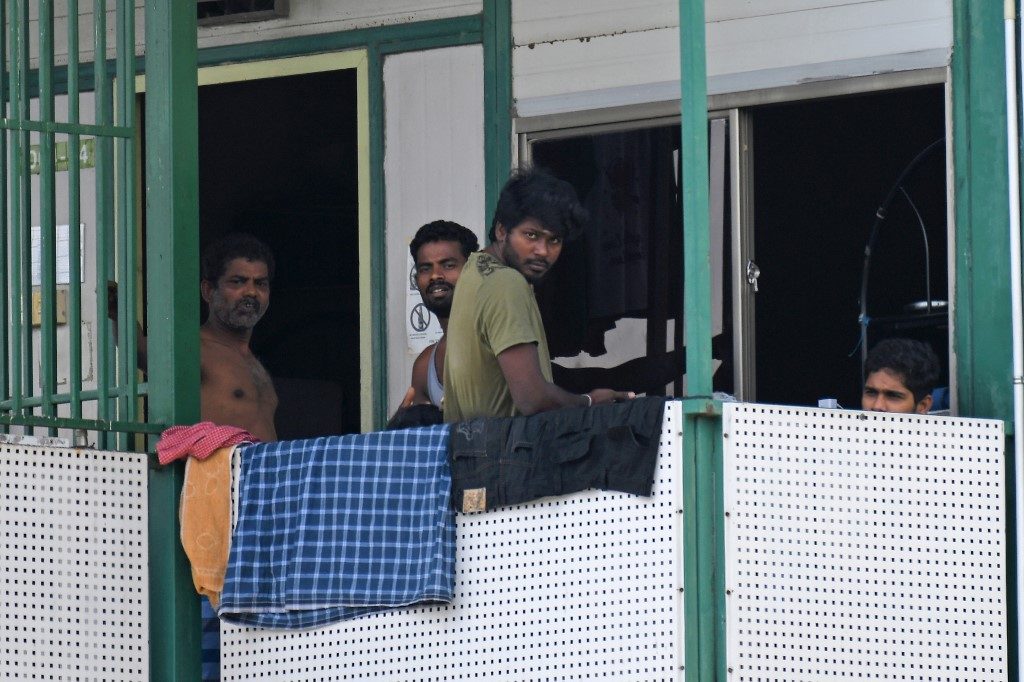
The Singapore we knew
Crisis can reveal a person’s true identity. The same thing goes with countries.
In the first few months of COVID-19, the world got to know a Singapore that was a “gold standard” in facing a pandemic.
For one, there is no question about Singapore’s efficient healthcare system. What else can explain the relatively low number of COVID-related deaths here? There have been 15 deaths in the country due to the pandemic as of April 30. In the Philippines, at least 568 people have died due to the coronavirus as of the same date.
There is no question, too, about the systems Singapore has put in place to prevent a repeat of 2003, when the SARS outbreak killed at least 33 people in this city-state.
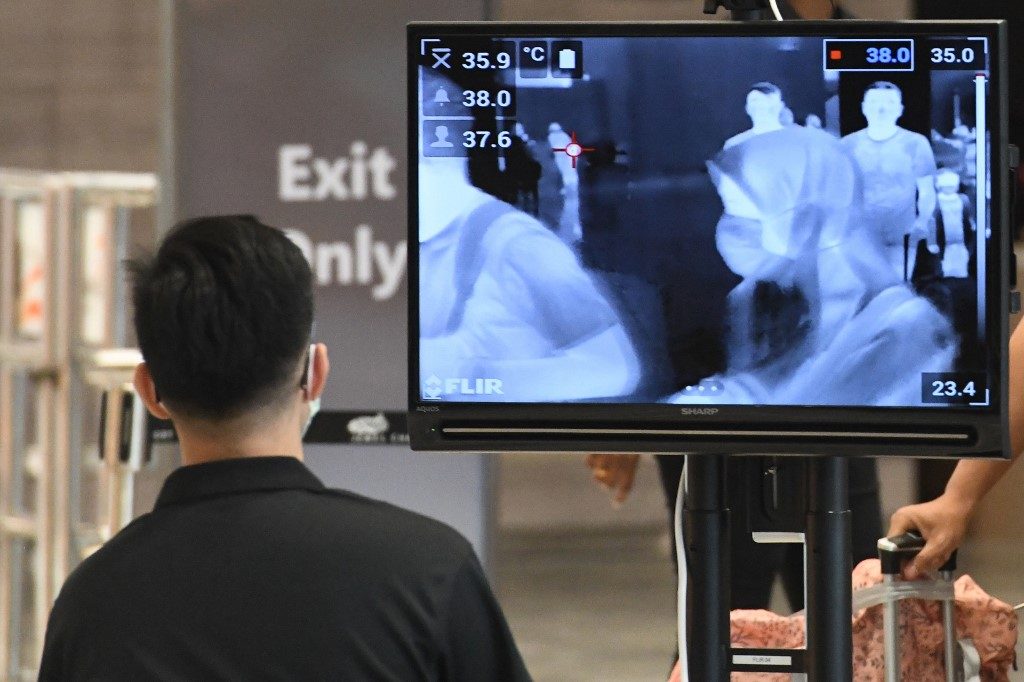
I have seen these preparations first-hand as a graduate student in Singapore.
I remember how, on January 26 – just 3 days after Singapore got its first case of COVID-19 – our school asked residents of a neighboring dormitory to evacuate to new residence halls in less than 24 hours. Why? Because their dormitory was to be converted into a government quarantine facility. How long did it take the Philippine government to realize the need for these?
I can give a litany of other things that made me wow at Singapore – the free reusable mask I got from the Singapore government last Easter; how even the Catholic Church was among the first to act by suspending public Masses; and yes, the endless replays of Singapore Prime Minister Lee Hsien Loong’s speeches in our school’s food court.
This was the Singapore that most everyone knew – until COVID-19 exploded in the workers’ dorms.
Singapore’s dirty secret
These workers’ dorms have long been considered a bomb waiting to explode, with groups warning about these to no avail.
In these dormitories, men live in close proximity to each other – with 10 to 20 workers in a room, sleeping in double-decker beds that are one meter apart or less, according to Alex Au, vice president of the Singapore NGO Transient Workers Count Too.
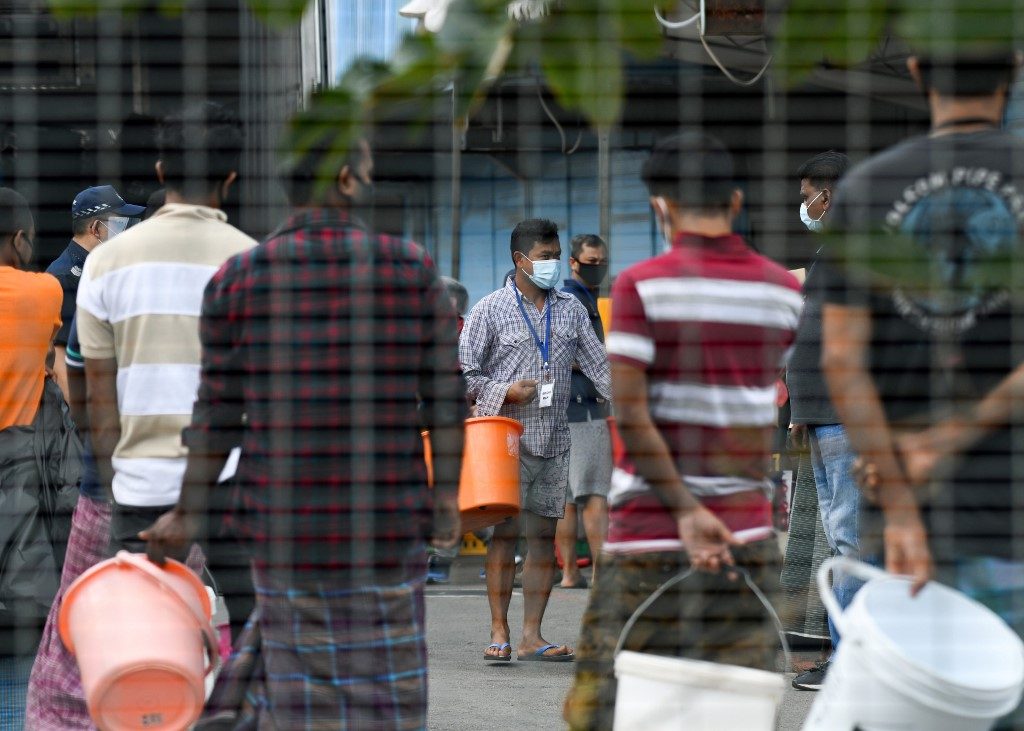
In a Rappler Talk interview, Au said the problem goes beyond the dorms. He cited other issues such as unreasonable demands from employers. “So when the boss says I don’t care how sick you are, you have to show up for work,” he said, “they will go to work even when symptomatic.”
Singapore, Au said, is facing the consequences of neglecting migrant workers for decades.
Migrant workers make up the bulk of Singapore’s non-resident population. The non-residents, including workers, their dependents, and students, comprise around 29% of Singapore’s population of 5.7 million. In other words, around 3 out of 10 people you meet in Singapore are non-residents.
“The systems worked for Singaporeans but the systems didn’t work because they were the wrong systems for migrant workers. Telling them to ‘social distance’ is meaningless when they are living 15 people to a room,” Au told Rappler.
According to Au, Singapore’s policymakers tend to plan with only Singaporeans in mind, leaving migrant workers “at the mercy of employers.”
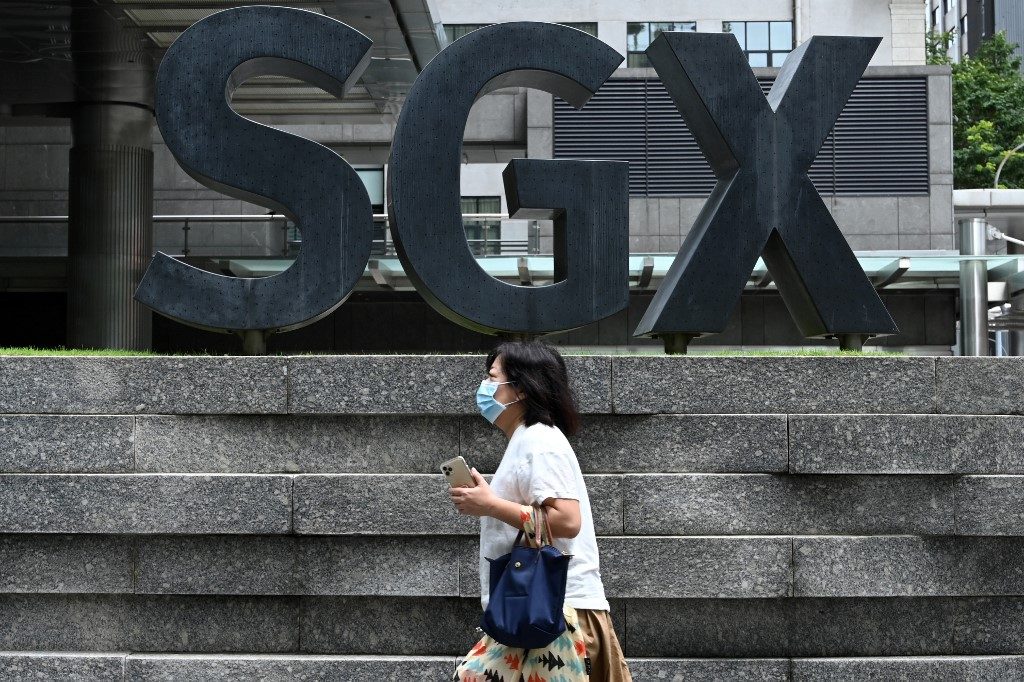
The Singapore government, however, asserted that they have tried to protect workers in dormitories since the COVID-19 outbreak began. In a press briefing in mid-April, Minister of Manpower Josephine Teo said they have asked dorm operators, for example, to raise hygiene standards and to close non-essential facilities such as TV rooms.
But she said they could not have asked workers in dormitories to stop working much earlier, or until the whole of Singapore was placed on “Circuit Breaker” – what they call the lockdown here.
“From the workers’ standpoint, this is a question of livelihood. Now to say that we could have done this much earlier, I think, really does not reflect an understanding of the workers’ own concerns. It would not have been so easy to tell the workers, ‘Please don’t go to work because we want to protect you.’ You have to do this in the context of a circuit breaker where all work has mostly come to a stop,” Teo said.
Still, for others, it is a case of inequality rearing its ugly head.
Tommy Koh, a veteran Singapore diplomat, wrote on Facebook in early April, “The way Singapore treats its foreign workers is not First World but Third World.” He said he feels angry, for example, whenever he sees foreign workers sitting on the ground to eat their lunch, or stretched out on the ground to rest.
“The government has allowed their employers to transport them in flat bed trucks with no seats. They stay in overcrowded dormitories and are packed likes sardines with 12 persons to a room. The dormitories are not clean or sanitary. The dormitories were like a time bomb waiting to explode,” Koh said.
Koh said the explosion of COVID-19 cases in workers’ dorms should be “a wake-up call to treat our indispensable foreign workers like a First World country should, and not in the disgraceful way in which they are treated now.”
Shona Loong likewise wrote for The Diplomat: “Migrant workers expose the boundaries between the beneficiaries of Singapore’s coronavirus ‘success story,’ and those who are systematically excluded from it. Sadly this is business as usual in a system that pursues growth at the expense of workers’ wellbeing.”
‘Many will lose their jobs’
Filipino workers have long been part of the migrant community in Singapore. Along the popular Orchard Road, there is even a “Filipino mall” – Lucky Plaza – where one can find remittance centers, Filipino dishes like sinigang and kare-kare, and not one but two branches of Jollibee. Here and there one can also see Filipinos shooting TikTok videos.
The Philippine embassy said around 200,000 Filipinos work in Singapore – 40% as household service workers, 60% as professionals and service workers, including those in food and beverage (F&B).
“In some ways Filipinos fit in very well. In other ways they get singled out, mostly because many of the Filipinos in Singapore take jobs that Singaporeans may believe rightly belong to them,” Au said.
He said that Bangladeshis or the Burmese, for example, are engaged mostly in jobs that Singaporeans consider “dirty, dangerous, and demeaning” – blue collar work such as those in the construction or sanitation industries.
Filipinos, in contrast, can take these jobs and more – as architects, web designers, nurses, and bankers.
Inevitably, however, jobs, or at least salaries, are at risk due to COVID-19.
Prime Minister Lee himself said in his May Day speech: “Workers must accept wage sacrifices to keep businesses going. And employers must make every effort to keep their workers, and help them through this difficult period.”
The Monetary Authority of Singapore (MAS), in its macroeconomic review published on April 28, said it expects pay cuts and job losses – especially in retail trade, F&B, and recreation services – as a consequence of COVID-19.
“I think unfortunately it is true, even after the pandemic is over, the economic consequence perhaps is going to be much more,” said Philippine Ambassador to Singapore Joseph Yap in another Rappler Talk interview.
“Many will lose their jobs,” Yap said.
How the embassy can help
Filipinos in Singapore have started to feel the effects of the pandemic.
Yap said around 300 Filipino workers, mosty from the aviation industry, were recently repatriated from Singapore at the expense of their employers. He said these Filipinos were given a no-pay leave of absence for 3 months while airplanes in Singapore remain grounded. While they have not been terminated, they will only be recalled once more planes fly again, Yap said.
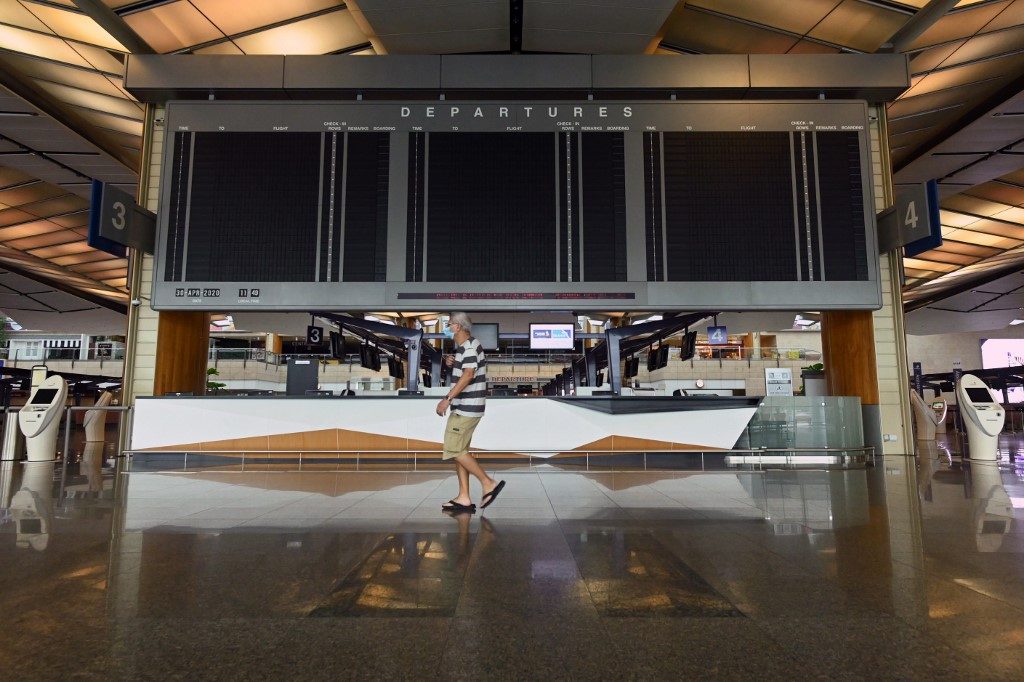
For Filipinos laid off from their jobs, the embassy can help but only up to a certain extent. “The Philippine government is not in a position to replace your salary if you lose your job. What we can do is just render assistance while you are looking for another job,” Yap said.
Yap pointed out that the Philippine national government has allotted P1.5 billion (US$29.68 million) in cash assistance called “Akap” (Embrace) for all Filipino workers around the world. Under the Akap program, qualified overseas Filipino workers (OFWs) can get a one-time aid of US$200 each. (READ: GUIDELINES: OFWs eligible for DOLE’s coronavirus assistance)
The government has imposed stringent requirements, however, for receiving Akap funds, and only those who have lost their jobs, among others, can qualify. The Philippine embassy in Singapore has distributed this cash assistance to more than 500 people who have applied.
For those ineligible for Akap funds, Yap said OFWs can also apply for a separate kind of assistance, drawn from the Philippine government’s Assistance to Nationals Fund. This is the regular fund for distressed Filipino workers around the world.
“The government’s budget is not unlimited,” Yap said. “There’s a limit in terms of how much assistance can be given. But within that limit, we can assure you that we will do our utmost to assist you.”
Yap is also hopeful about the 3 supplementary budgets that Singapore has rolled out, totaling S$60 billion, to reduce the negative effects of the pandemic. “While there will be people who will lose their jobs, hopefully because of the S$60 billion that the Singapore government will be putting into the economy, the impact will be much less than what would otherwise be the case,” the ambassador said.
State of anxiety
The fear of joblessness and the feeling that they’ve been neglected have compounded the anxiety of many Filipinos in Singapore as they face COVID-19.
I sat down with Jenny (not her real name), another Filipino worker in Singapore, on the eve of her 29th birthday in late March.
Jenny has been working as a waitress for the past 5 years in Singapore. Fortunately for her, Jenny’s boss promised her and her colleagues that they will receive their regular salaries even if they have fewer customers.
Many of her friends have not been as lucky. Her friends in a previous workplace, for example, suffered a S$300 (P10,700) pay cut. She said the average minimum pay for F&B employees in Singapore is S$2,700 (P96,300), so a pay cut of S$300 is no joke.
Other friends of hers have had it worse. One of them even lost his job.
Jenny’s birthday wish? For things to go back to normal.

As for Mel, she has had enough.
Mel said: “Alam ko naman na foreign worker lang ako dito pero the way nila i-treat na ano, wala talaga. Kaya siguro tatapusin ko na lang ang contract ko and then babay Singapore.” (I know I’m just a foreign worker here, but the way they treat us is really hopeless. That’s why I might just finish my contract here, then bye Singapore.)
Many other migrants, however, will have to stay put – toiling for their families back home while also hoping that Singapore has learned its painful lesson. – Rappler.com
Add a comment
How does this make you feel?
There are no comments yet. Add your comment to start the conversation.